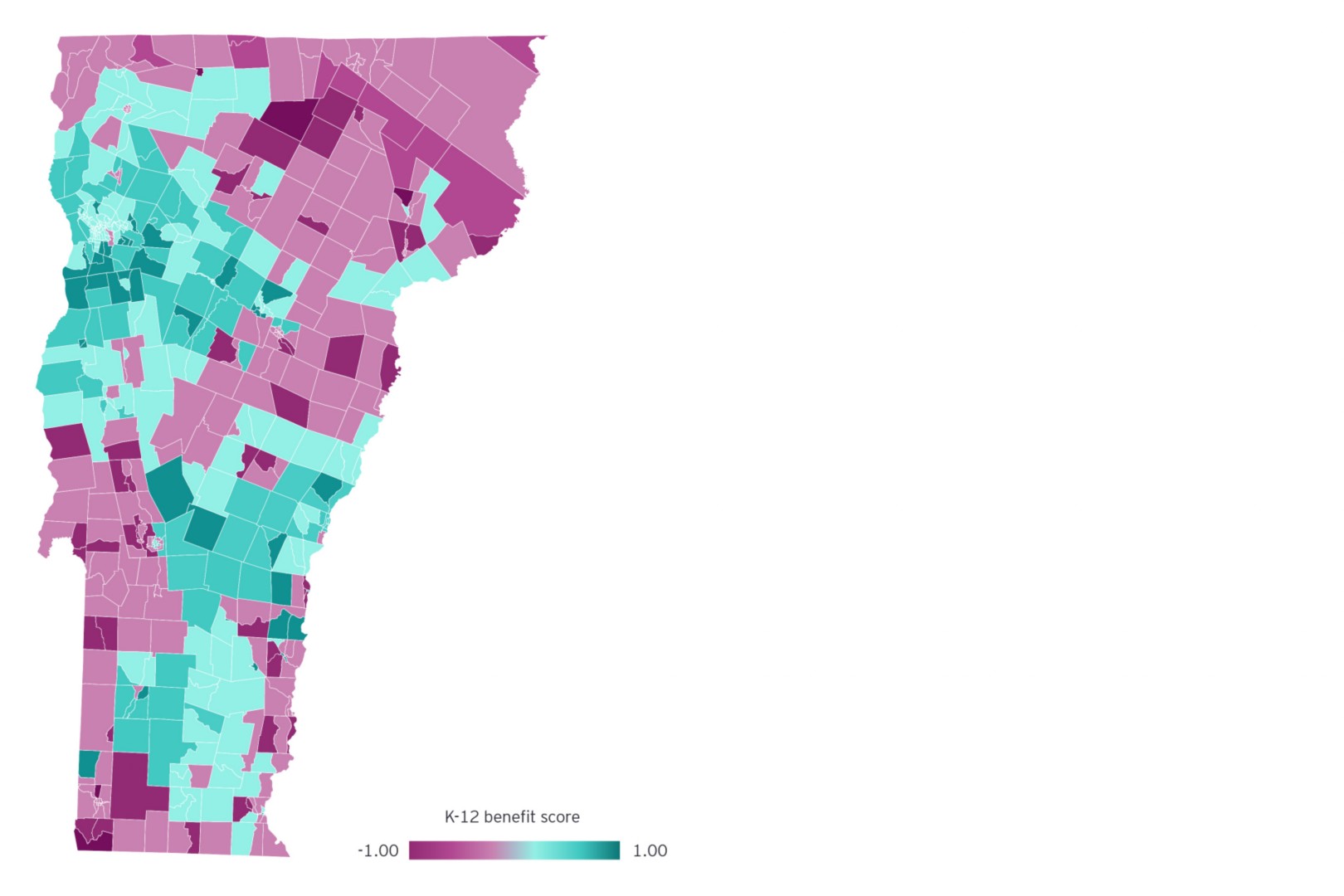The EY-Parthenon vulnerability benefit index uses data to help state and local governments identify communities that have the most significant deficits.
By studying and addressing specific community needs with a broadband vulnerability index, state and local governments can address digital equity, social challenges and the digital divide.
The digital divide remains despite funding to reduce it. Fixed and mobile high-speed broadband service is increasing across the United States, yet millions of urban and rural Americans lack access to high-speed broadband, according to recent Federal Communications Commission studies. Some people simply do not have access; others lack the money to pay for it or lack the training and equipment to take advantage of online opportunities.
Private capital and government infrastructure funding is likely to be insufficient to fully address the digital divide and may take years to reap results. Government and public sector services can guide the private sector in fully addressing digital equity.
Localized government services for the digital divide based on a data-driven index can address:
- Affordability of service and devices
- Accessibility of broadband service
- Technology literacy
Data can illustrate how greater broadband access improves socioeconomic and health outcomes
Each city, town and block can be studied to determine community needs and how a government can help by addressing the digital divide.
With the EY-Parthenon vulnerability benefit index, we can help governments extend broadband access where the benefit would be greatest locally, using data-informed, judicious spending to develop new strategies based on localized frameworks and indices.
When applied to communities, the index can show how targeting funding to those who have the most significant deficits in education, health, employment and other measures can help them reap the most benefit in quality of life, socioeconomic and health outcomes.
Greater access can benefit three main areas:
By using a data-driven approach to assess community need, governments can drive conversations about the digital divide and make more effective and equitable broadband decisions that can improve lives and livelihoods.



